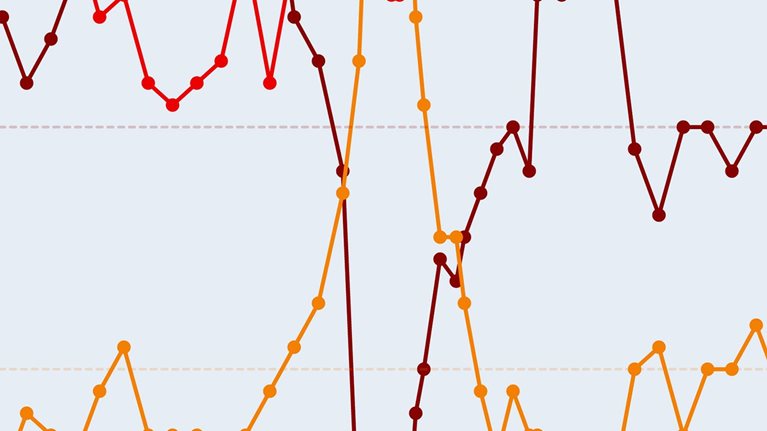The global financial and economic crisis has hit Germany especially hard, leading to the most severe economic decline in the history of the Federal Republic—one more drastic than its counterpart in any other large European country or the United States. The impact of the crisis on Germany’s manufacturing sector has been especially dramatic as a result of the country’s strong focus on exports (exhibit).
Some argue that Germany must reduce its emphasis on them and concentrate more on domestic demand. But the country’s answer to the crisis cannot be a departure from a successful export orientation and an above-average level of industrialization. Given these strengths, radically redefining the current economic model is not the solution. Instead, Germany will need to develop and refine its economic model further. According to a new report from McKinsey & Company—Welcome to the volatile world: Challenges for the German economy emerging from fundamental market changes—Europe’s largest economy must pursue three strategies to prepare for increased economic volatility in the coming years:
-
Reinforcing growth. An economic structure characterized by a high-performing industrial core, with its strong export orientation, reflects Germany’s strengths and therefore offers unrivalled prerequisites for future growth. A trade surplus drove almost 60 percent of GDP growth over the past decade.
-
Building resilience. Exports alone will not prove sufficient to induce the growth required, at least for the next two years. A larger and more dynamic service sector, particularly if it offered additional support to German manufacturers, shows greater promise than higher private consumption—as welcome as that would be—and could compensate for fluctuations in the industrial sector.
-
Driving renewal. Germany needs a high-quality talent base, a superior infrastructure, and the other drivers of lasting growth. Comprehensive educational reform is also required, as well as a willingness, by businesses and German society as a whole, to put renewal ahead of conserving the status quo at almost any price.
A trade surplus drove almost 60 percent of Germany’s GDP growth over the past decade.

The report looks in detail at the challenges and opportunities facing the country’s key sectors: automotive, banking, chemicals, energy, health care, insurance, investment goods, steel, and transport and logistics. Achieving a combination of growth, resilience, and readiness for renewal will prove decisive for them.


